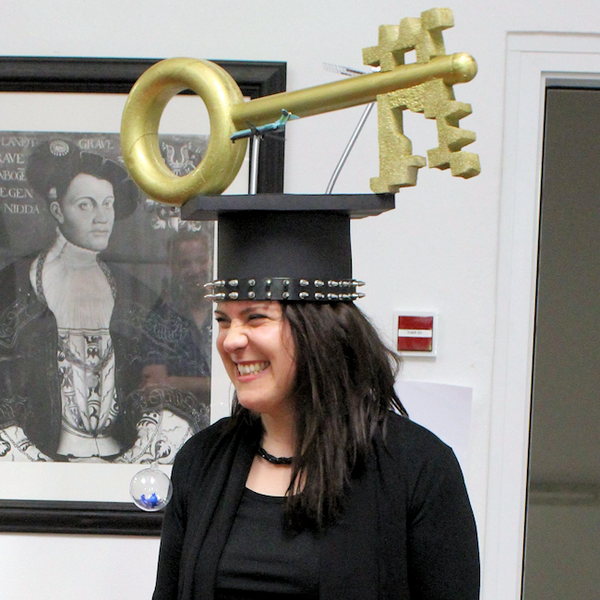
On May 16th, 2017, Johanna Untenecker successfully defended her doctoral thesis “Developing methods for tracking land-use changes from heterogeneous data sources – examples from north-east Germany” at the Faculty of Mathematics, Computing Science and Information Technology, Physics, Geography of Justus-Liebig-University Gießen.
Due to the lack of consistent data especially for the base year 1990, the reconstruction of land-use changes since 1990 is one of the greatest challenges for emission reporting in the sector land-use, land-use change and forestry (LULUCF) according to the United Nations Framework Convention on Climate Change (UNFCCC) and the Kyoto-Protocol. In the case of organic soils, the soil moisture respectively the groundwater level is the main driver for greenhouse gas emissions which necessitates deriving estimates of drainage intensity. While there has been strong improvement regarding emission factors during the last years, time-series of activity data such as land-use have received much less attention. Johanna Untenecker has accepted this challenge and developed methods to homogenise high-resolution data on land-use and biotope types from different sources and to minimize errors due to “pseudo land-use change”.
In the case study nature park “Drömling” she developed a transparent and robust translation key, which allowed the derivation of a consistent land-use time-series for organic soils. This translation key accounts for different legend units as well as thematic and spatial resolution of classified colour infrared photos (CIR) on the one hand and cadastre data (ATKIS®-BasisDLM) on the other hand. Calculated land-use change is consistent with the development of the study area and corresponds well with measured groundwater level data. However, land-use is only a semi-quantitative proxy for groundwater levels, while measurements are required for quantitative results.
In a second study, the method was applied to derive consistent time-series for six federal states, which are based on a generic hierarchical classification of land-use, management and drainage status and on the translation key. Classified data was combined with information on legal protection to evaluate the success of restoring semi-natural hydrological conditions. Areas without legal protection tended to become dryer and more intensively used, while protected areas showed an opposite trend. Land-use trends strongly differed between federal states, which might be explained the German reunification, changes in the European Common Agricultural Policy (CAP), Germany’s Renewable Energy Act (EEG) and the peatland protection programme in Mecklenburg-Western Pomerania.
In her doctoral thesis, Johanna Untenecker developed an approach which will help to close an important methodological gap in emission reporting and has furthermore shown the high additional value of land-use data targeted at biodiversity monitoring. The approach is also relevant and applicable for mineral soils and for other research dealing with the effects of land-use change (on e.g. hydrological processes), which also requires consistent land-use data.

![[Translate to English:] [Translate to English:]](/media/_processed_/6/4/csm_titel_CO2Kampagne8_afeea2273e.png)
![[Translate to English:] [Translate to English:]](/media/_processed_/4/1/csm_titel_93px_CO2Kampagne8_9b0f3354d4.png)





